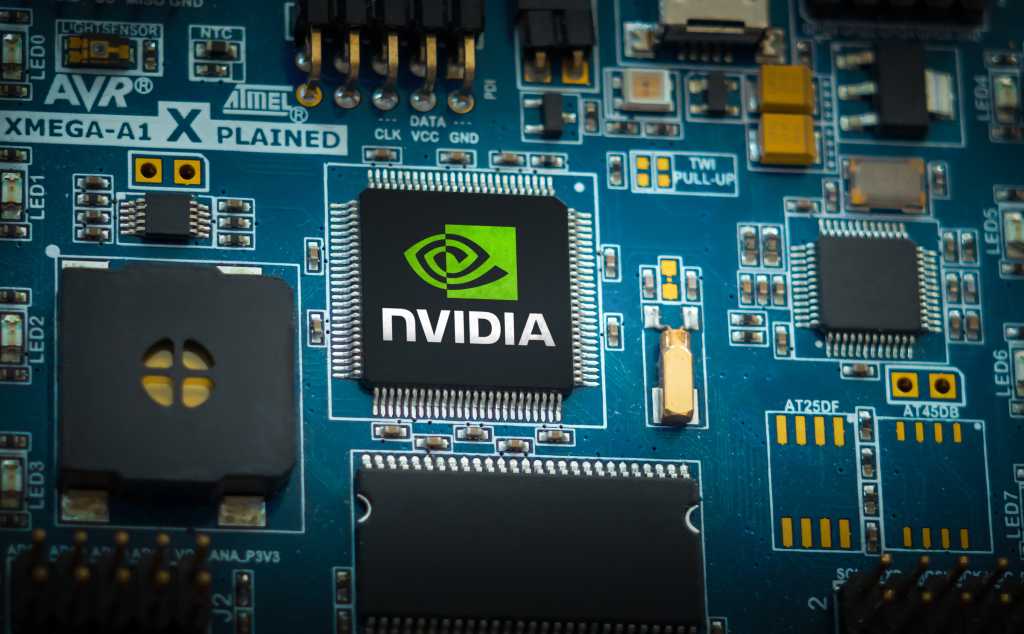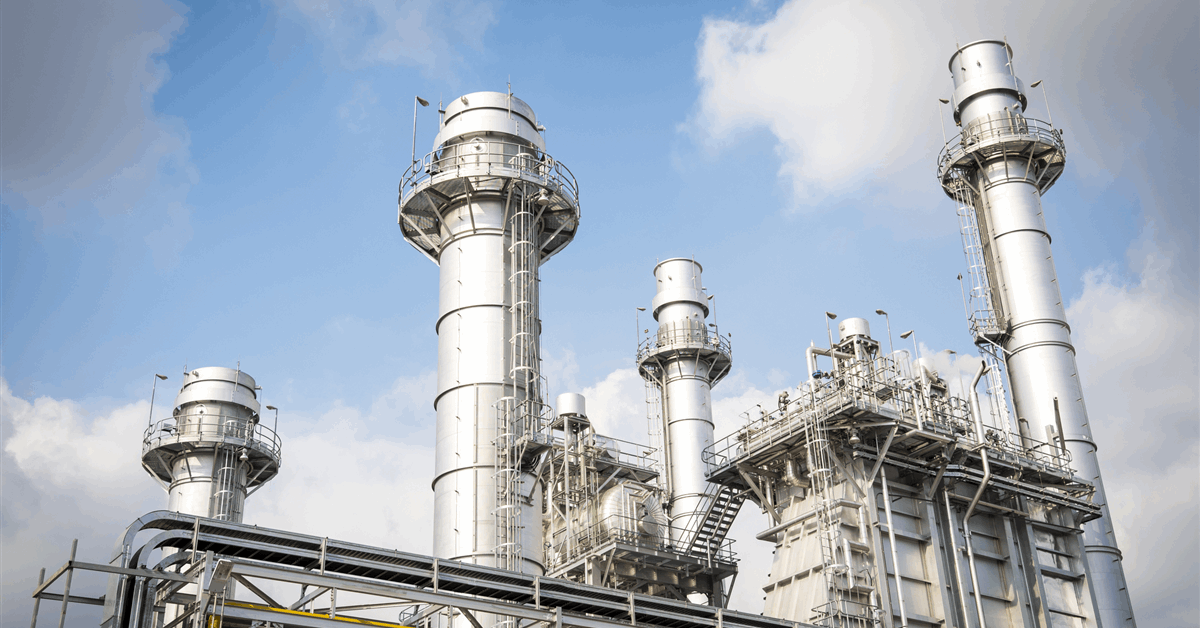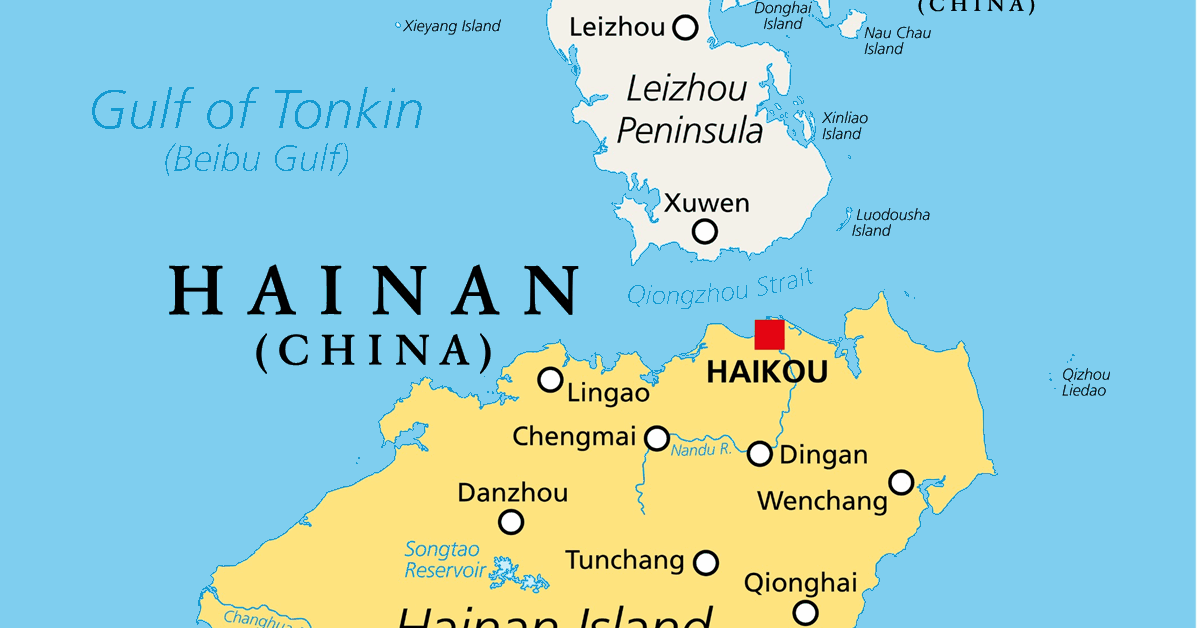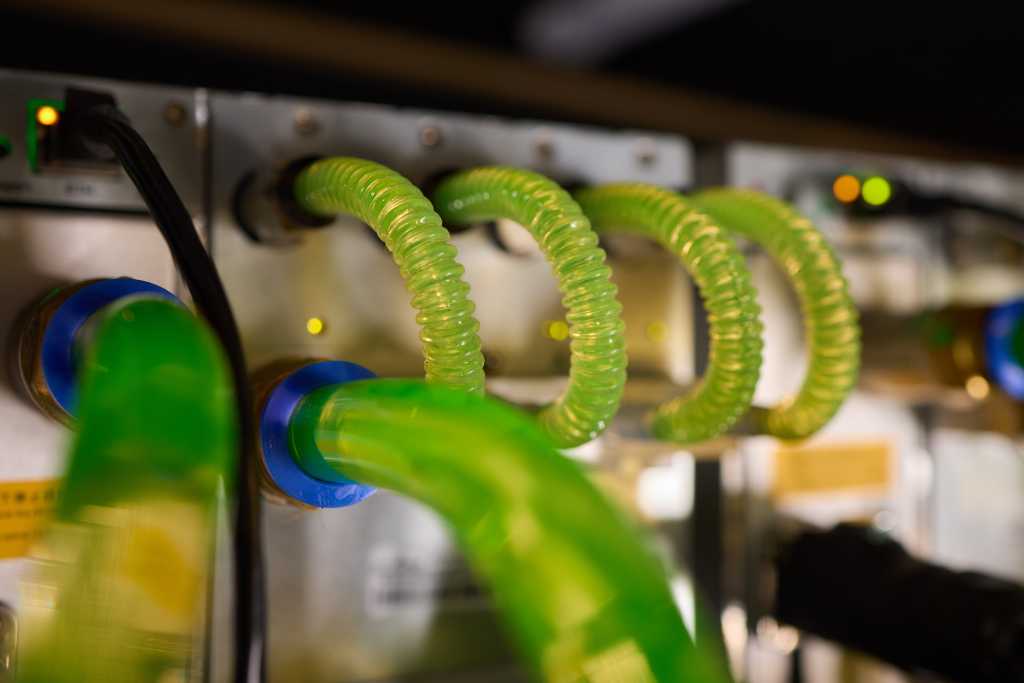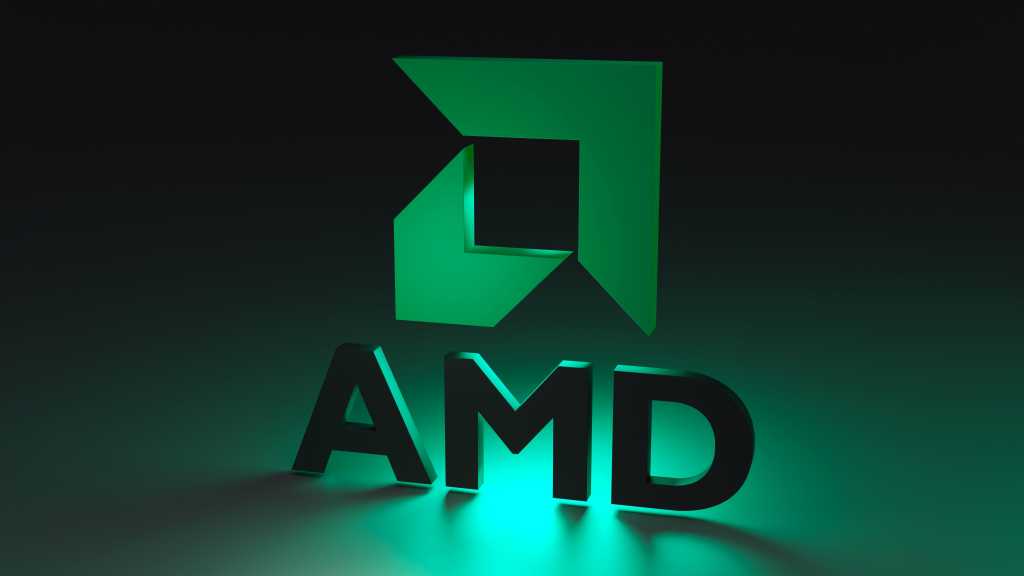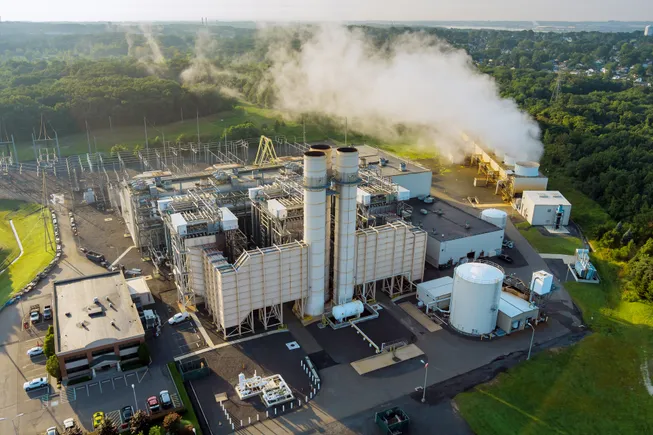
The Midcontinent Independent System Operator on Friday asked the Federal Energy Regulatory Commission to approve a fast-track generation interconnection process after the agency rejected its initial plan last month. MISO runs the grid and wholesale power markets in 15 states and part of Canada, from Louisiana to Manitoba.
In response to FERC’s May 16 decision, MISO set more limits around its proposed Expedited Resource Addition Study process, which would allow projects that meet certain criteria to avoid MISO’s generation interconnection queue and potentially receive an interconnection agreement within 90 days.
Under the revised proposal, the ERAS process would be capped at 68 projects, with MISO studying only 10 projects each quarter. The proposed cap includes eight projects for the restructured states of Illinois and Michigan as well as 10 projects for independent power producers with power supply agreements with non-utility entities.
The revised process requires “relevant electric retail regulatory authorities,” such as state utility commissions, to verify in writing that a proposed project will address either a load addition not already planned for or an identified resource adequacy deficiency within its jurisdictional footprint, MISO said in its filing.
The new proposal also requires projects to have a commercial operation date within three years of an application being filed. MISO plans to end the ERAS process by Aug. 31, 2027, or after its 68-project cap is met, whichever happens first.
The proposal addresses potential capacity shortfalls driven by load growth and power plant retirements, according to MISO, which pointed to various reports to support its claims.
“These surveys and forecasts demonstrate that MISO must address resource adequacy and reliability needs in the next five years and that an accelerated interconnection study process must be established to address time-critical challenges,” the grid operator told FERC.
The ERAS process will provide a bridge to 2028, when MISO said it expects it will have reduced the time it takes to study standard interconnection requests.
MISO asked FERC to approve its proposal by July 22 so that interconnection requests can be submitted in time for the first ERAS quarterly study period, which starts Sept. 2. The grid operator also asked FERC to set a 10-day comment period, with comments due by June 16, instead of the typical 21-day period.
In separate filings, NextEra Energy Resources and a coalition that includes the Sierra Club on Monday asked FERC to reject the shortened comment period. MISO stakeholders were only given a high-level overview of MISO’s revised proposal, NextEra and the groups said in their filings.
MISO failed to follow FERC’s direction that it work with state and local utility regulators or stakeholders to develop the revised proposal, they said.
“MISO, in its rush to refile just three weeks [after FERC rejected its earlier proposal], spurned that suggestion altogether, instead telling stakeholders what they intended to file and then filing it, sight unseen,” NextEra said. “MISO has not demonstrated good cause to now further accelerate stakeholder review and comment given the absence of a meaningful stakeholder process.”
Also, MISO changed its proposal after its stakeholder presentation, the coalition of environmental groups said. “MISO’s revised ERAS proposal … has in essence been presented to [relevant electric retail regulatory authorities] and stakeholders in a ‘take it or leave it’ fashion,” they said.
The proposed 10-day comment period spans two weekends, leaving six working days for parties to complete any comment or protest, the groups said, noting MISO’s filing is about 1,000 pages long.
The coalition of environmental groups consists of Earthjustice, Fresh Energy, Natural Resources Defense Council, Sierra Club, Sustainable FERC Project and Clean Wisconsin.



